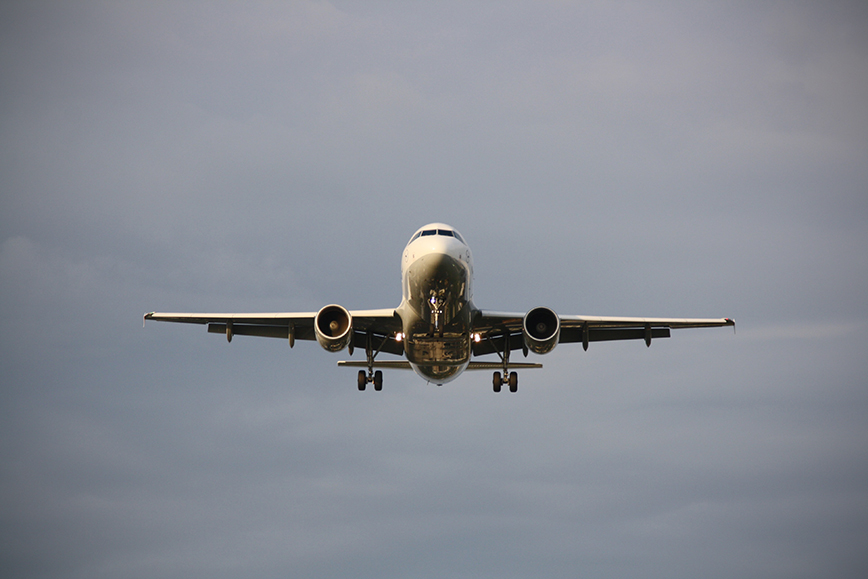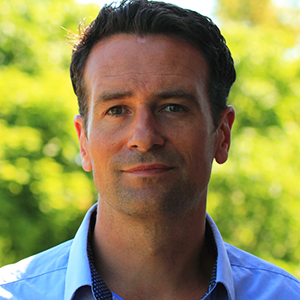How you can contribute towards achieving environment targets

Would you like to help KTH keep its air travel related emissions down even after the pandemic? If so, please join a workshop on business travel in the future, that is now being offered to all departments.

“We want to discuss how we can create an efficient and sustainable way to travel and meet after the pandemic,” says Markus Robèrt , a docent at KTH who is studying how companies and organisations can reduce employee climate change emissions from air travel.
The workshops, that will be digital via Zoom, will start during the autumn semester. They will be chaired by Robèrt and his colleagues from the research project FLIGHT and they are hoping for lively discussions.
Before air travel takes off again, this is a golden opportunity to reflect over and rethink how and why we travel, Robèrt believes.
“The question is how we can turn the way the pandemic has impacted us into a positive, where meetings and even conferences have been able to be held digitally when travel has been put on hold in principle. We now have a chance to create “the new normal” where travel perhaps does not need to play an integral part in the same way as it traditionally has done within academia.”
Uneven breakdown
Before the pandemic, 11,000–12,000 flights a year were made by KTH on average. If we are to achieve our environment targets, emissions from business travel need to be reduced by nine percent per year by 2030. But how this is to be done is an open question.
There is a very uneven breakdown between different departments at KTH when it comes to flights. A very small number of employees account for a high proportion of travel and with this, emissions.
Figures from travel agency Egencia show that 20 percent of researchers at KTH account for 60 percent of emissions. If you look at the 10 percent most frequent flyers, their travel accounts for 41 percent of emissions. Deciding factors for the most frequent flyers are age, gender and academic title.
“Many people in these groups are bound to not be happy with their travel habits, but have maybe fallen into a behaviour pattern or a certain culture. I think we can come a long way towards helping those of them that would like to change their travel pattern to keep pace with the emission targets,” says Robèrt.
Change travel behaviour
Along with other members of the project, he would like to meet departments interested in this and show them what their travel picture looks like and put this in relation to other departments, schools, and the KTH climate goals.
“We are inviting people to discuss how little or how much their department would need to change its travel behaviour to reach the KTH climate goals. As these goals can be perceived as abstract and difficult to get your head around, we are making the goals specific and hope that this increases motivation and the chances of achieving them.”
What picture do you have of how researchers have managed their work during the pandemic?
“That it has created time and space as a consequence of reduced travel. Many researchers have used the time to write research papers and do analysis work, at a time when they have had less contact with people outside KTH. But naturally, this looks different in different fields. Some have felt at a loss because they were going to be involved in conferences that were then cancelled.”
Will it be possible to achieve the emission targets without adversely affecting the quality of research?
“We simply have to do this – it is purely a question of how it is to be done. As a research institute, we play an important role as a bearer of knowledge, in making sure our own house is in order and being a credible role model as to how climate targets can be reached. If all professional sectors set out to find reasons why they in particular cannot reduce their air travel, we will never make progress.”
Text: Christer Gummeson

